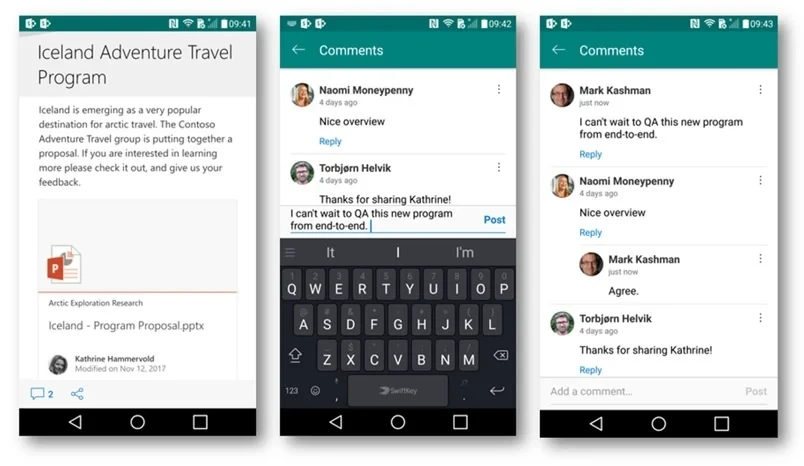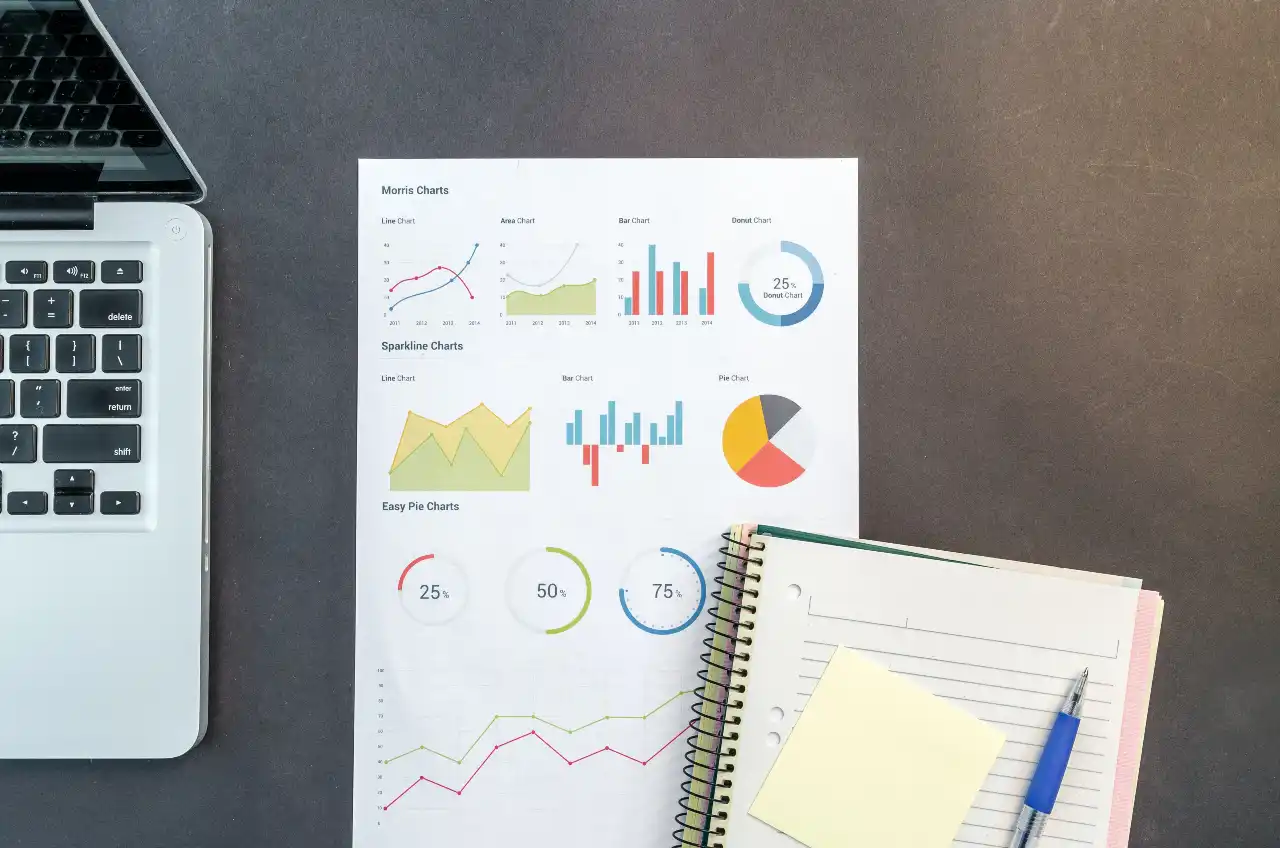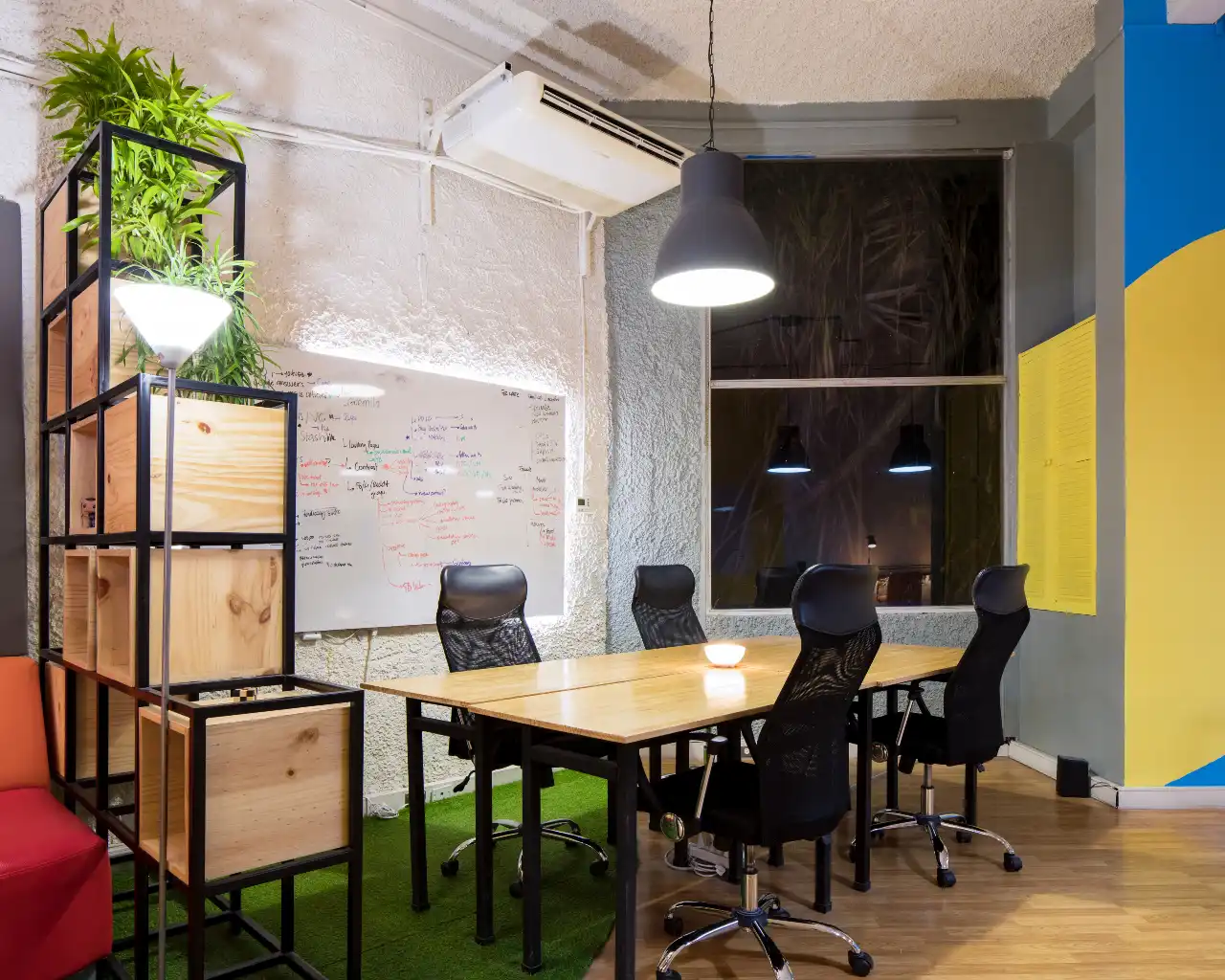Did you know that a recent study found that cybercrime cost businesses over $2 trillion last year? If that doesn't show you how important data security is, I don't know what will. Ensuring that your company's important files are safe and secure should be every organization's top priority. If you're still not convinced, then know that a recent survey found that 53% of companies found over 1,000 sensitive files that were accessible to every employee.
A data breach can have a huge impact on your business. It puts you, your reputation, and your customers at risk. Potential clients won't want to work with you if you have a reputation for having poor data security. Now, fortunately, SharePoint users don't have to worry about that as much due to the security of the Microsoft Cloud. However, that does not mean that they should be complacent. While hackers may not be able to access your files through the cloud, that doesn't mean they can't get in through other ways. That's why you need to take steps to secure your data and your SharePoint environment. So, let's take a look at what you can do to begin protecting your SharePoint data.
Content-
1. Turn On Multi-Factor Authentication
Turning on multi-factor authentication is one of the easiest ways to beef up your security. The way multi-factor works is that when a users wants to log into your SharePoint site, they first have to verify on another device that they are in fact trying to log in. This makes it so that even if a hacker manages to get their hands on a stolen password, they won't be able to access your site without the secondary device. By turning on multi-factor authentication in SharePoint, you won't have to worry about the strength of your users' passwords. This is great when studies have shown that 81% of data breaches have a result of weak or stolen passwords. You'll be able to bypass a lot of stress and save yourself a major headache.
2. Use Groups to Manage Users
One of the major selling points of SharePoint is that it's extremely flexible in what you can do with it. This extends into what permissions you can give to different users. This includes what they can read and edit on all different levels including sites, site collections, and individual documents. While you can assign these permissions on a case by case basis, it's best to use SharePoint Groups to assign standard sets of permissions. This way, you can know for sure who has access to what without having to keep extensive notes on who is allowed to do what. The best part about using SharePoint groups for security is that you can easily add and remove users to Groups without having to alter specific permission levels.
3. Stop Using Item-Level Permissions
While SharePoint does make it easy for you to assign unique item-level permissions quickly and easily, you should avoid doing so as much as possible. The more you do this, the more you make your life more complicated in the future. It's all too easy to forget to remove an individual item-permission from a user who is no longer with the company. While this might not seem that bad, this is an open avenue for a discontent former employee or some other bad actor to gain access to parts of your SharePoint environment and cause problems. We recommend making use of higher level containers (IE libraries and folders) to assign permissions on a broader scale. This gives you less to keep track of and manage directly.
4. Use a Single Admin for Each Site Collection
SharePoint is a ridiculously intuitive platform. It's never been easier to create sites and subsites to suite your needs. However, be wary of letting too many people have the power to create these. If every user can make one, then you may end up with an absurd amount of unused sites that no one is keeping track of. Instead, assign a single person to act as a central admin for each of your site collections. This helps keep everything organized and ensures that there is someone who is constantly checking on the health and security of each site collection.
5. Disable Anonymous Sharing
Anonymous sharing in SharePoint is great for if an employee needs to quickly share a file or document with a client. However, this opens up the door to a host of potential issues. If a a hacker managers to get into your environment, then there is nothing to stop them from making off with your important data. In the event of such a breach, you won't be able to see what has been shared and what hasn't, making it difficult for you to track what data is missing. That's why we recommend turning off anonymous sharing to you can keep your SharePoint site secure.
6. Monitor SharePoint For Changes and Access Events
This tip can be harder for organizations without a dedicated IT department. You need to be monitoring your SharePoint environment for any strange events or changes. This way, you can potentially catch any anomalies or breaches and nip them in the bud. Unless you completely understand what's happening in SharePoint, you won't be able to know if there are any issues with your security. If you're a smaller company, we recommend at least running a weekly or bi-weekly audit of your environment if you can.
7. Enforce Device Policies Based on a User's Device and Location
While this isn't something explicitly done within the SharePoint environment, it's still something that can help keep it secure. Since SharePoint makes it easy for users to access the site from anywhere, it's easy for your team to access the site from any device. While this is great for a mobile workforce, this introduces a potential entry point for hackers. If your employee's personal laptop is stolen, you have no way of remotely wiping any of the data on there. Because of this, you may want to restrict download permissions for users on personal devices. Another option to consider is creating a policy that prevents users from accessing the SharePoint site from a personal device at all.
Conclusion
SharePoint continues to be one of the most powerful productivity tools on the market. There's a reason why companies all over rely on it to store their important data. However, it's because of that companies need to be on the lookout for ways they can keep their data secure in SharePoint. It's not that hard to do, just follow our tips above and you'll be on track to keep your information safe.
If you're interested in learning more about getting the most out of your SharePoint environment, make sure to sign up for our mailing list so you can get notified every time we post a new SharePoint blog.
Book a Live demo
Schedule a live demo of Dock 365's Contract Management Software now.

Written by Quentin Russell
Quentin Russell is a Content Specialist with knowledge of Content Marketing and Social Media Marketing.






